

January 23, 2015
•Last updated November 5, 2023
How to Use WordPress As An eCommerce Solution
WordPress has come a long way as a blogging platform. Over the years the open-source software has opened its doors to many applications. Everything from blogs, social media networks, commerce platforms, portfolios, and more can now be built using WordPress as a CMS (Content Management System).
eCommerce solutions exist on their own but using WordPress with eCommerce integrations offers users that much more power and convenience when opening up an online store. Today I'll guide you through different ways to build your own online marketplace by teaching you how to use WordPress as an eCommerce Solution.
What exactly is eCommerce?
eCommerce literally stands for Electric Commerce. Crazy right? Electric commerce deals with trading products or services using the internet for monetary compensation. eCommerce draws on technologies such as mobile commerce, electronic data interchange (EDI), inventory management systems, and automated collection systems.
Using an eCommerce platform usually employs some best practices:
- Provides virtual storefronts on websites with online catalogs
- Provides the ability to buy or sell on websites or online marketplaces.
- Gathers and uses demographic data based on users using the eCommerce interface.
- Reaches prospective customers via email by using newsletter campaigns.
- Uses business-to-business buying and selling
- Provides secure transactions
What can I do with an online store?
Using an eCommerce solution is a great way to offer your goods for sale across the world via the world wide web. On top of selling goods, you can offer new products, news, and more to your user base. Customers who purchase items can opt-in to receive email updates on the latest sale information from your marketplace.
Useful insight such as analytics of customer activity is also available which gives store owners a new perspective on what their customers are doing upon visiting their website. After learning more about the activity of a selected group of users, store owners can choose to optimize their experience of purchasing products online in any way or whichever method they prefer.
Using WordPress as an eCommerce solution is nearly a win-win solution as there are various techniques available for the user to give their customers the best user experience possible. Users will have a unique but familiar experience from the beginning of their visit all the way to the checkout process during the purchasing phase of the eCommerce workflow.
How do I set up an online marketplace?
Setting up an online marketplace doesn't have to be hard and there are plenty of solutions out there to make things easy for you. Since we are talking about WordPress you already have the advantage of gaining a complete marketplace package all within a simple WordPress plugin.
Here are a few I recommend if you are planning on selling products or services online.
WP eCommerce
WP eCommerce is a free, and powerful plugin that delivers the functionality to sell anything online, quickly and easily.
With the WP eCommerce plugin installed you will see a new section titled Products now visible within your WordPress admin area. Within the products section the option to add new products, product tags, product categories, product variations, and coupons exists.
Adding a new product
Products have a large field of options to select from and even the option for your users to review them.

A basic title and description is similar to a basic WordPress blog post.
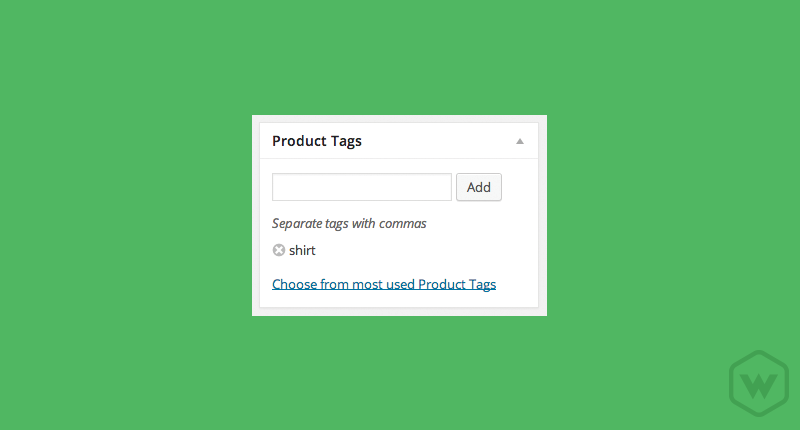
A product tag section is extremely similar to the basic WordPress tagging option only this applies to only products within your eCommerce market
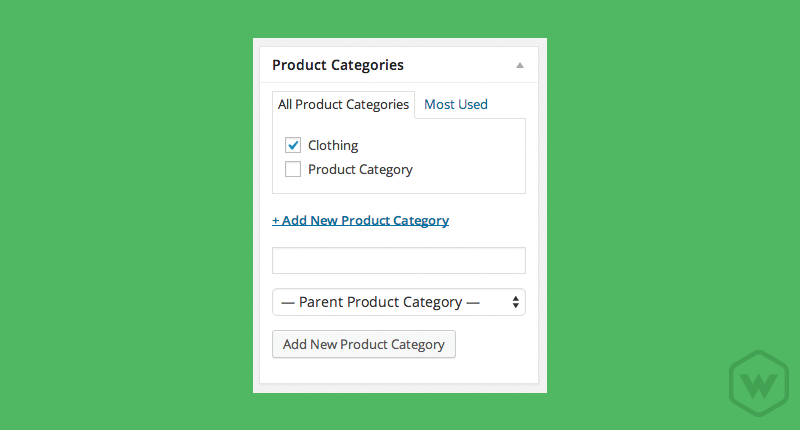
A product category is very similar to the default WordPress category options when adding a new blog post. The difference is that this option pertains only to the products within the eCommerce Marketplace

You can configure different variations of a product for sale all with different prices, sizes, and more depending on the product or service
A variations panel allows you to provide different variations of a product to your users. Each variation can have different characteristics, prices, sale prices, and stock amounts. You can also assign a custom image to each variation. Setup is simple and just a matter of entering some data. The data in which you enter can be anything you have for sale be it apparel, digital goods, or other products.
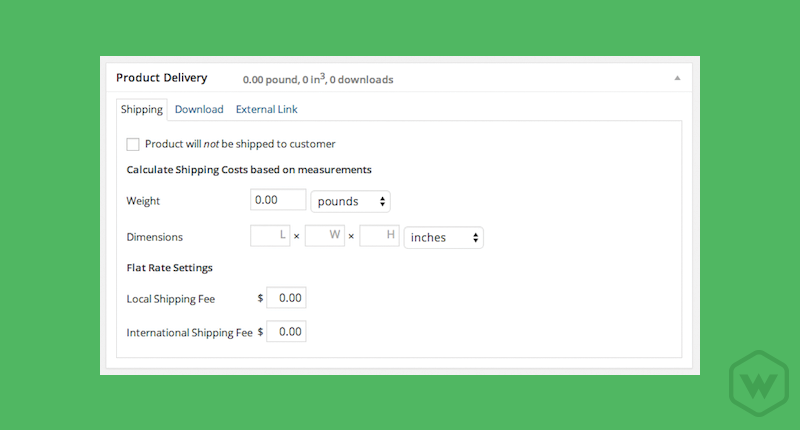
A space for product delivery is also present which allows you to dictate how your goods or services will be delivered to your customers upon payment.
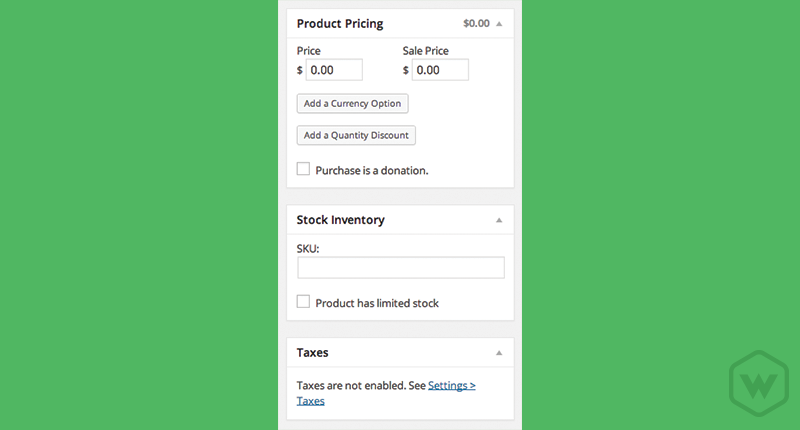
I'm only breaking the surface as to what the WP eCommerce plugin can achieve. To learn more download the plugin and play around with the settings. Create a demo marketplace to become familiar with the user interface as well as learn what data you will need to supply in order to get your marketplace up and running.
WooCommerce
A highly rated and configurable plugin is called WooCommerce. This plugin is incredibly powerful for WordPress users who are in search of a be all end all eCommerce solution. WooCommerce is very similar to WP eCommerce but builds upon its foundation by offering more services and insight to both your users and yourself.

Inside the navigation list, you'll see links to Orders, Coupons, Reports, Settings, System Status, and Add-Ons.
With this plugin you can:
Add or view your recent orders
Here you'll see a list of your history of orders placed on the front end of your website.
Customize Taxes and Logistic Costs
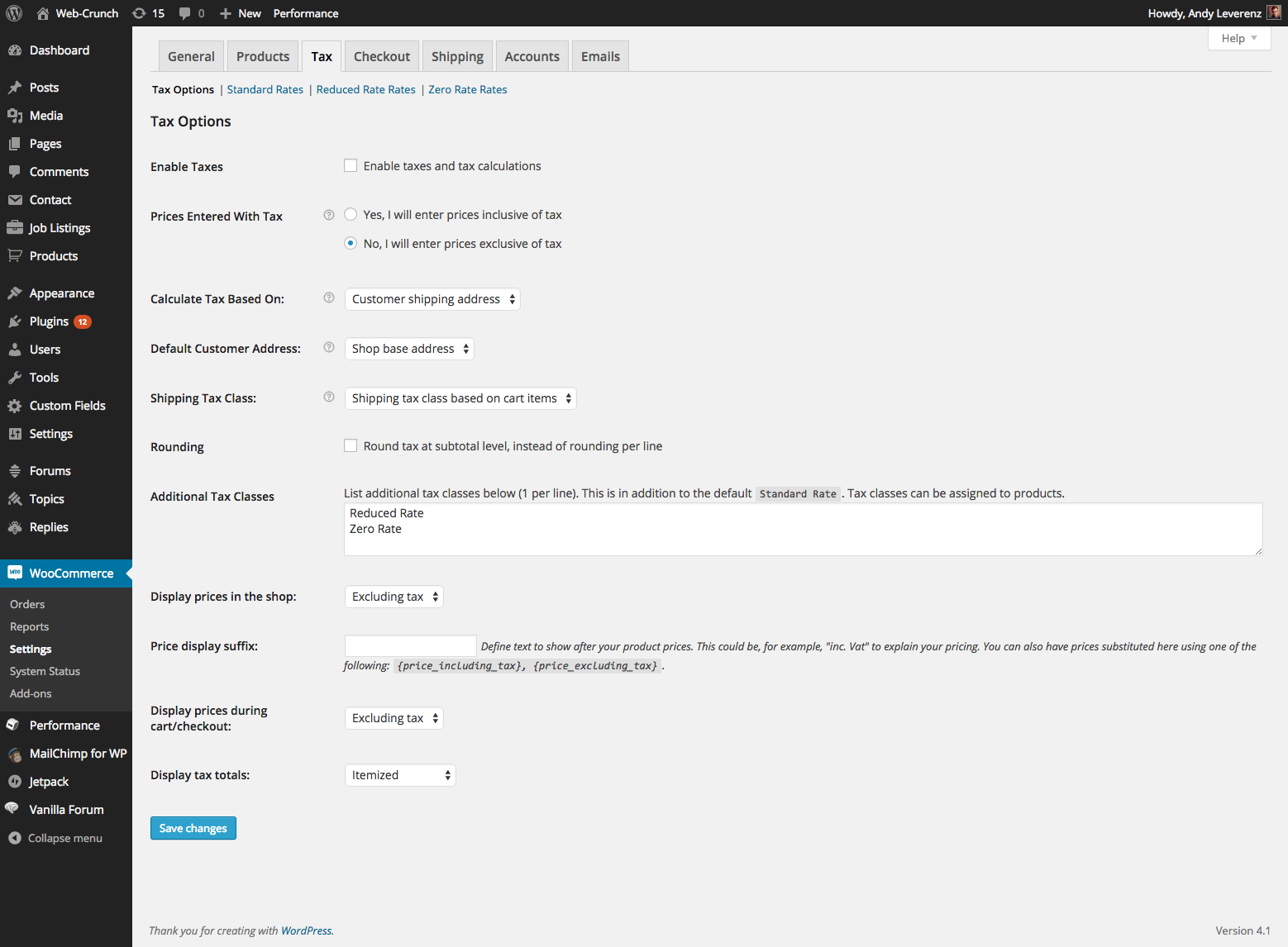
Customize anything from taxes to logistical costs and more.
See real-time statistics right inside your dashboard.
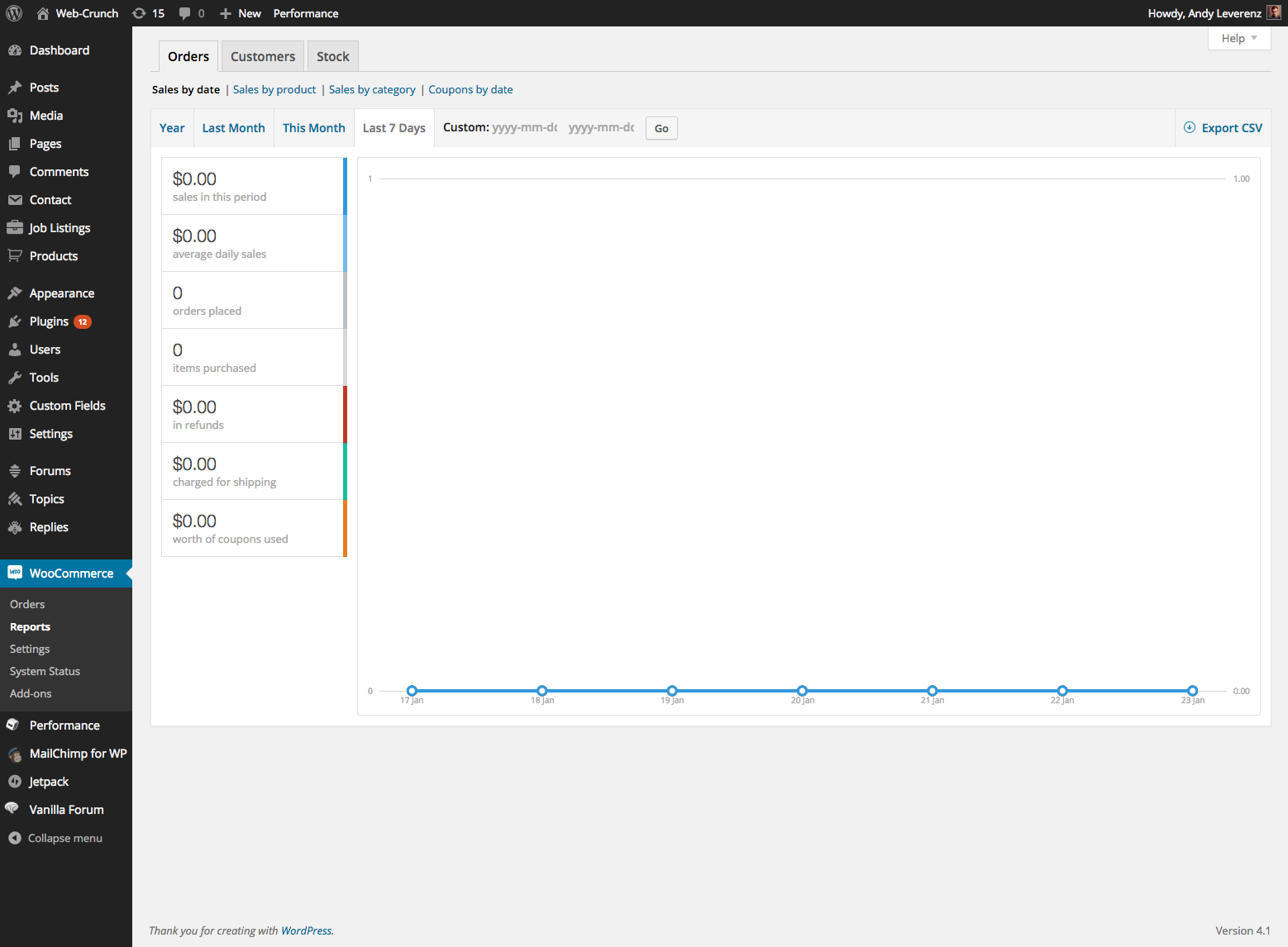
Utilize reports to give you valuable insight into your customers and target market.
Filter your reports based on Orders, Customers, and current Stock. Go even further by filtering by categories within each of the previously mentioned categories.
Those filters include:
Orders
- Sales by Date
- Sales by Product
- Sales by Category
- Coupons by Date
Customers
- Customers vs. Guests
- Customer List
Stock
- Low in Stock
- Out of Stock
- Most Stocked
Time Frame
- Year
- Last Month
- This Month
- Last 7 Days
- Custom Date
Add functionality from a large number of add-ons
Include popular add-ons like below to further engage your users and provide better experiences for both yourself and your users.
- Shipment Tracking
- Logistic Integration (FedEx, UPS, USPS)
- Authorize.net (secure payment processing)
- PayPal and Stripe Integration
- Amazon Payments Integration
- Table Rate Shipping
- Woo Subscriptions (create and manage products with recurring payments)
I’ve only covered a couple of plugins to demonstrate support for including eCommerce solutions on your WordPress website. There are many other solutions out there that range from free to pro versions. All have pretty fairly similar characteristics. Some are simple but effective while others offer nearly any type of eCommerce configuration you could ask for. How you use your eCommerce solution is ultimately on what you are comfortable with and what you find to be the best for your business and your customers.
When implementing an eCommerce your users should be the priority. Providing a simple and useable experience is required in order to have an effect marketplace and even website. If you use a plugin try and use only the features you absolutely require. Keeping things simpler for yourself will in return keep things simple for your users.
Conclusion
Implementing an eCommerce solution with WordPress has never been easier. While there are options that exist to build a completely custom eCommerce solution, plenty of great plugins are available to facilitate the process of setting up your very own online marketplace. I mentioned only a couple of plugins in this article but there are many more viable solutions to choose from. Do some research to find what solution works best for your market and your customer base. From there establish your design, craft the shopping experience, and stock your products/services you have for sale. The rest is history!
Do you use an eCommerce solution not listed here? What do you prefer and why? Let us know in the comments!
